Neutraldichtefilter verstehen
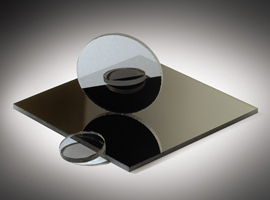
Neutraldichtefilter, oder ND-Filter, sind dafür ausgelegt, die Transmission in einem bestimmten Spektralbereich gleichmäßig zu reduzieren. ND-Filter werden üblicherweise über ihre optische Dichte (OD) spezifiziert, welche die Energieblockung des Filters beschreibt. Ein hoher optischer Dichtewert steht für geringe Transmission und ein geringer optischer Dichtewert steht für hohe Transmission (Gleichungen 1 – 2). ND-Filter können kombiniert werden, um kundenspezifische optische Dichten zu erreichen. Um die optische Dichte des Gesamtsystems zu bestimmen, werden die OD-Werte der einzelnen Filter einfach addiert.
Beispiel 1: Welche Transmission erhält man, wenn ein OD 0,3 und ein OD 1,5 Filter hintereinander gestellt werden?
Beispiel 2: Wie kann eine Transmission von 0,5% erreicht werden?
Eine ODTotal von 2,3 könnte durch das Hintereinanderschalten von OD 0,3 + OD 2,0 oder OD 1,0 + OD 1,3 geschaffen werden.
Arten von Neutraldichtefiltern
Es gibt zwei Arten von Neutraldichtefiltern: reflektierend und absorbierend. Reflektierende Neutraldichtefilter nutzen ein einfaches Glassubstrat mit einer dünnen, typischerweise metallischen, optischen Beschichtung. Diese kann für bestimmte Wellenlängenbereiche wie UV-VIS oder NIR optimiert werden. Die Dünnfilmbeschichtung reflektiert den Großteil des Lichts zurück zur Quelle. Es sollte sichergestellt werden, dass das reflektierte Licht das Gesamtsystem nicht stört. Absorbierende ND-Filter nutzen ein grau eingefärbtes Glassubstrat, um einen bestimmten Prozentsatz des einfallenden Lichts zu absorbieren.













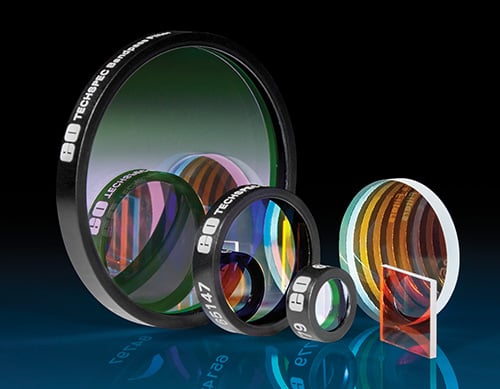
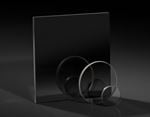

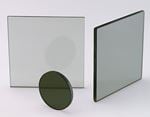
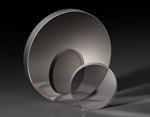
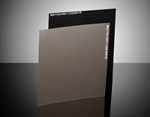
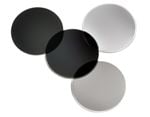
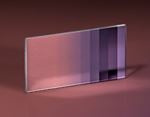
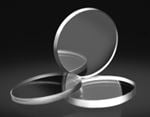
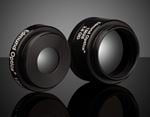
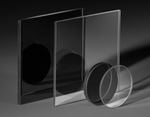
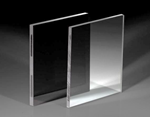
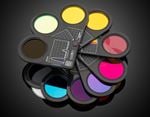
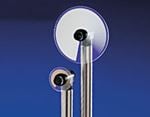
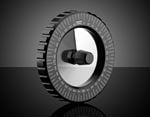
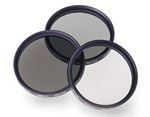
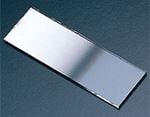
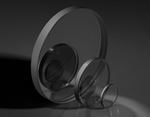
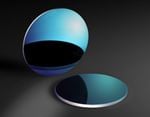
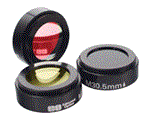
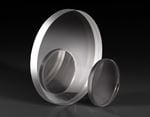
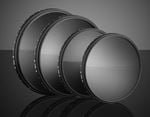
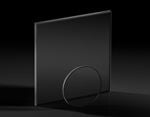
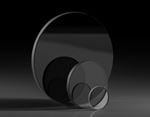
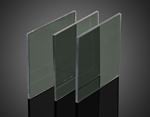
weitere regionale Telefonnummern
ANGEBOTSTOOL
Geben Sie zum Starten die Produktnummer ein.
Copyright 2023 | Edmund Optics, Ltd Unit 1, Opus Avenue, Nether Poppleton, York, YO26 6BL, UK
Die Edmund Optics GmbH Deutschland fungiert als Handelsvermittler für die Edmund Optics Ltd. in Großbritannien.
Vertragspartner ist die Edmund Optics Ltd. in Großbritannien.